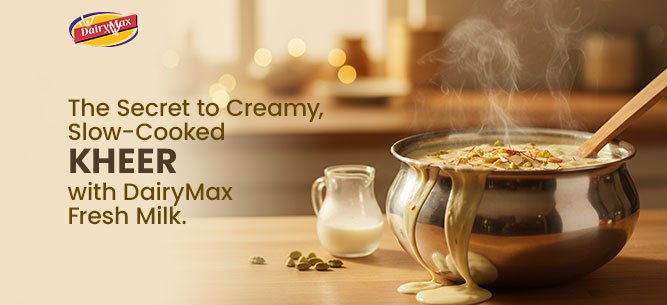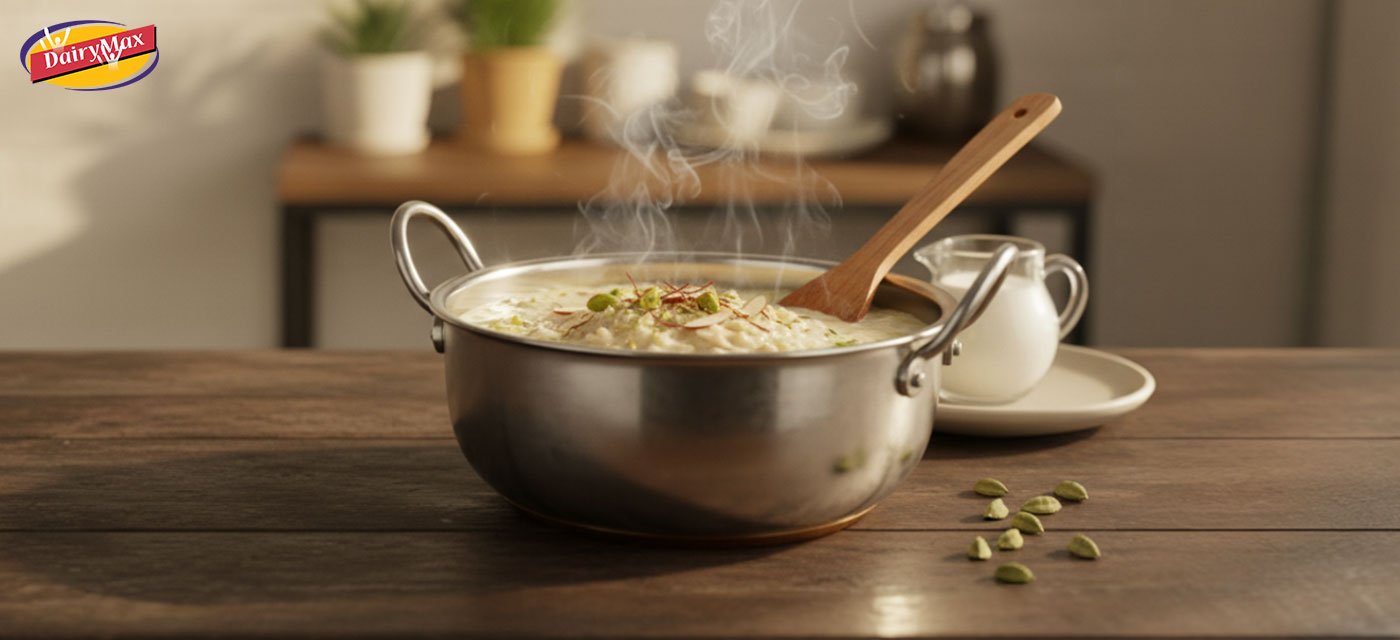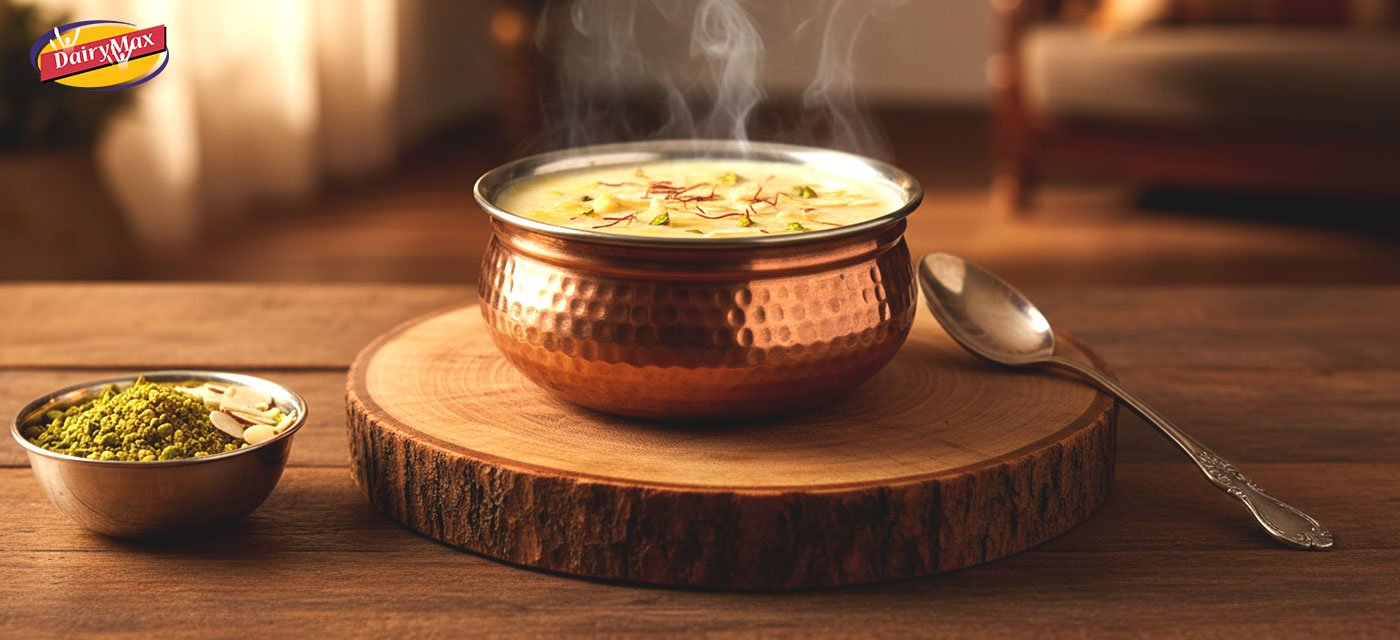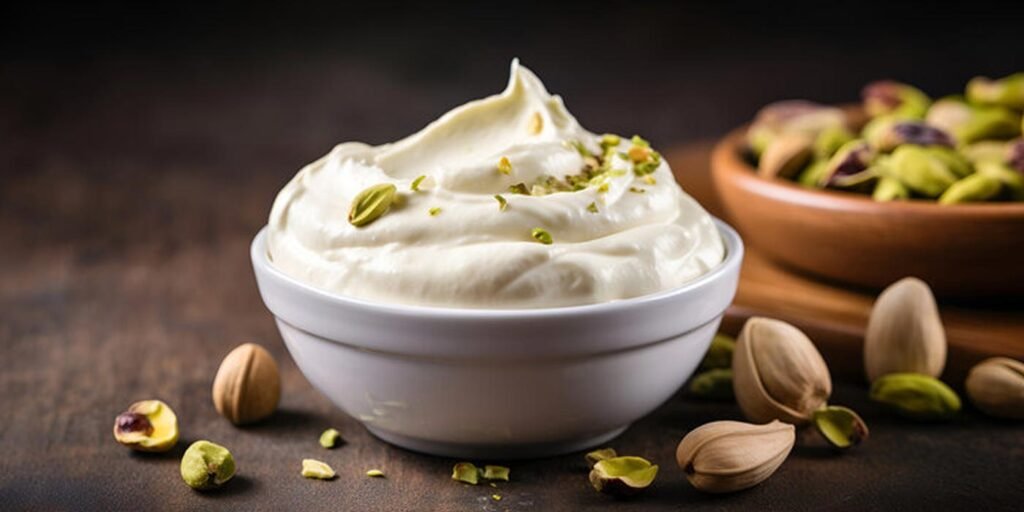One can almost feel the magic from a kheer pot which is slowly cooking on the stove — the small bubbles, the light smell of cardamom, the pretty spiral of milk turning thick and creamy. In fact, we’re here to tell you today that fresh milk from Dairy Max Canada (a reliable dairy supplier in the GTA) combined with a few simple tricks can make the most delicious kheer and also give you an excellent flavour and texture.

Why choose Dairy Max fresh milk?
Why does milk choice matter? Milk from a good dairy supply company can make or break kheer. Dairy Max is a local food supply company serving the Greater Toronto Area from Mississauga. They offer a full range of dairy products and their motto is quality, freshness, and reliable delivery.
The difference in your kheer will be huge if you get your milk from a good dairy distributor, whom you trust. The creaminess, the aroma, and the “mouth feel” will all be better if the milk is fresh and rich.
The slow-cook approach: why it matters
Kheer isn’t about rushing. The secret to that melt-in-the-mouth richness is giving the milk time to reduce and concentrate slowly. When you simmer gently, a few things happen:
- The water in the milk evaporates gradually, which naturally thickens the mixture.
- The lactose and proteins in the milk interact and caramelise slightly — giving a hint of golden colour and deeper flavour.
- The aromatics (cardamom, saffron, nuts) have time to infuse fully.
- You avoid scalding the milk, which preserves the delicate creamy flavour rather than burnt or overly cooked taste.
Ingredients (serves ~4)
- 1 litre of fresh whole milk — ideally from Dairy Max (or whichever trusted milk distributor you use).
- ¼ cup (about 50 g) of sugar (adjust to taste).
- 2–3 green cardamom pods, crushed.
- A small pinch of saffron strands (optional but lovely).
- A handful of chopped nuts (almonds, pistachios).
- 1 tbsp rice (or vermicelli) — if you like a bit of texture.
- A touch of ghee or unsalted butter to enhance richness (optional).
Method: slow-and-steady wins
- Prep the flavourings: Crush the cardamom pods, soak the saffron (if using) in a teaspoon of warm milk. Chop the nuts. Rinse the rice (if using) and set aside.
- Warm the milk: In a heavy-bottomed saucepan (to avoid burning) pour the milk and heat gently until it’s just starting to simmer. Then reduce the heat to low.
- Add the rice/vermicelli: If you’re including the rice or vermicelli, add it now and let it cook slowly in the milk, stirring occasionally.
- Stir from time to time: Every few minutes stir gently, scraping the bottom so nothing sticks. It may take 20-30 minutes (or more) to reduce to your desired thickness. The key: low heat, patience.
- Add sugar and flavourings: Once the milk has reduced by about ¼ to ⅓ (you’ll notice it’s thicker and richer), add the sugar, cardamom, saffron-milk, chopped nuts and a tiny spot of ghee if you’re using it. Stir well and let it cook another couple of minutes.
- Finish and serve: If you like it warm — serve immediately. If you prefer chilled kheer, let it cool and then refrigerate for a few hours. Garnish with extra nuts or a few saffron strands for a pretty finish.
Why this works with good fresh milk
Essentially, the first step is to have a product that has not gone through too many processes or been kept for too long. The cream quantity, the natural sweetness of the milk, and the freshness are all factors that will determine the final texture of the kheer. On the off chance that the milk is stale or too light, you will get a watery or bland result.
Moreover, by picking a milk provider that you have confidence in (Dairy Max, in this case), you will be able to achieve the same results more often. If you are making kheer for a festival, a family gathering, or just as a treat, consistency is still important.
A few extra tips to make it even better
- Don’t rush the reduction: If you turn up the heat too much, you’ll scorch the milk and lose flavour.
- Use a heavy-based pan: This prevents hot spots and sticking.
- Keep stirring: Especially as it thickens — the milk proteins can settle and burn if unattended.
- Sweeten at the right time: Too early and the sugar can cause stickiness or burning.
- Serve it your way: Some like it thick like pudding, others prefer it a bit looser. Adjust by reducing for more time or adding a splash of milk at the end.
Final thoughts
It truly delights a sense to serve a bowl of kheer which is smooth, fragrant, and lavish, and to be aware that the enchantment starts with fresh, top-grade milk. So if you happen to be in need of a dessert which is comforting yet nice to have, keep in mind: the secret is in the slow cooking, the gentle stirring, the patience, and using excellent milk from a reliable dairy products supplier.
Do it, get your ingredients ready, pour that fresh milk, and let it cook slowly. Your ideal kheer is there.
Frequently Asked Questions
Why does milk choice matter when making kheer?
The quality and freshness of milk directly affect the creaminess and flavor of your kheer. Using milk from a trusted distributor like Dairy Max ensures consistent results every time.
Can I use any type of milk for kheer?
Whole milk works best for that rich, traditional texture. Fresh, full-fat milk helps the kheer thicken naturally as it simmers.
How long should I cook the kheer?
Slow-cooking is key! Let it simmer for 20–30 minutes on low heat, stirring occasionally. This allows the milk to reduce and develop its creamy texture.
Why is my kheer turning watery or thin?
This usually happens if the milk isn’t reduced enough or if it’s low in cream content. Continue simmering gently until it thickens to your liking.
What’s the best way to serve kheer?
You can serve kheer warm for comfort or chilled for a refreshing dessert. Garnish with nuts or saffron strands for a beautiful finish.






